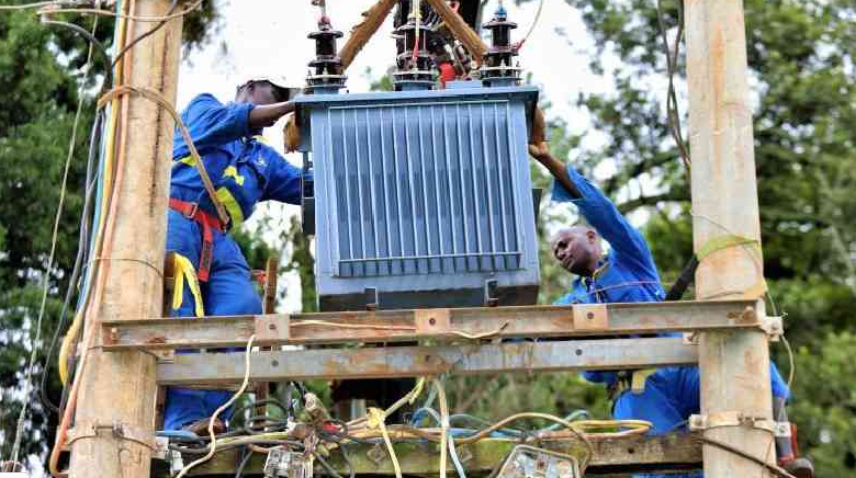In 2023, Kenyans faced increased electricity costs largely due to system losses experienced by the Kenya Power and Lighting Company (KPLC), resulting from an aging transmission network plagued by theft and inefficiencies.
According to the Energy and Petroleum Regulatory Authority’s (EPRA) annual report for the year ending June 2024, total system losses rose from 23.19% the previous year to 23.47%, equating to a staggering 3,211.92 GWh of electricity.
The report indicated that these losses, which encompass both technical and commercial losses, surpassed the 18.5% benchmark set by EPRA for the 2023/24 financial year. System losses are classified into two categories:
1. Technical Losses: These stem from the inherent inefficiencies in the transmission and distribution network.
2. Commercial Losses: These are primarily due to illegal connections and meter tampering.
Under EPRA’s regulations, KPLC is permitted to pass on 18.5% of system losses to consumers, with the utility company absorbing any additional losses. The financial impact is significant; for each 1% loss incurred, KPLC estimates a loss of about Ksh 800 million, which accumulates to billions each year. This increase in system losses complicates efforts to reduce electricity charges for consumers, as the losses contribute directly to higher costs.
In the review period, KPLC purchased 13,684.84 GWh from power producers but only managed to sell 10,472.92 GWh to consumers, highlighting the scale of the problem. The report also noted that illegal connections remain a considerable issue, with the Kenya National Bureau of Statistics estimating that around 680,000 homes might be illegally connected to the national grid. However, KPLC has disputed these figures.
To mitigate these challenges, experts are advocating for investments in upgrading the aging transmission and distribution infrastructure, which is crucial for sealing technical leaks and improving overall efficiency.



